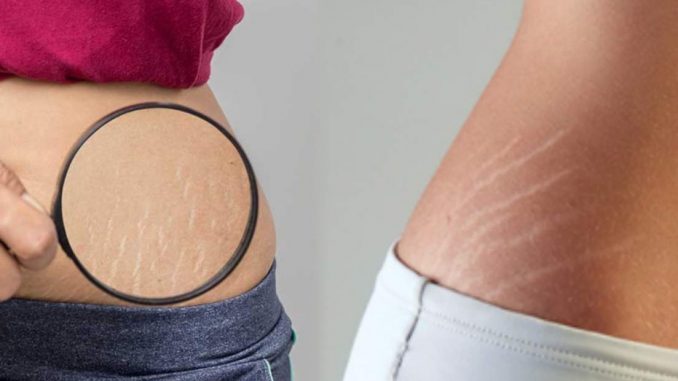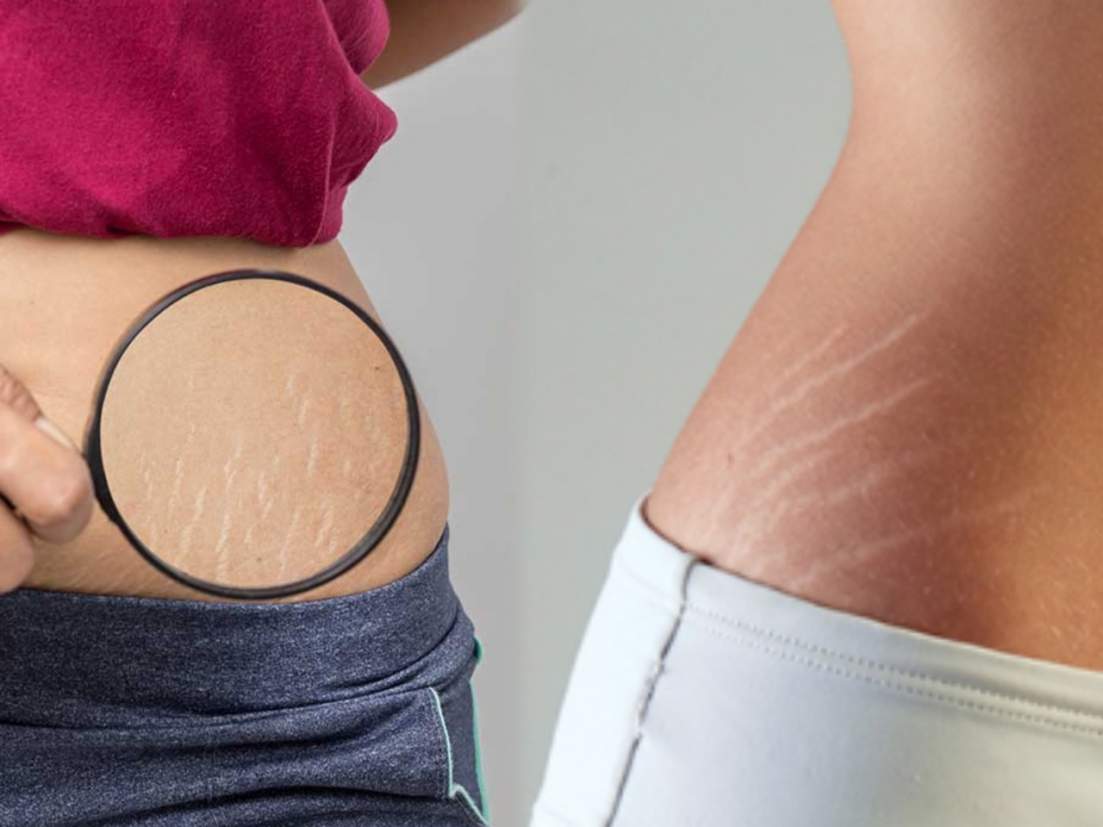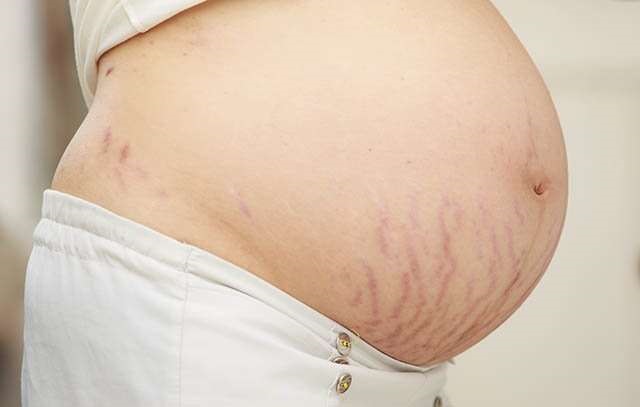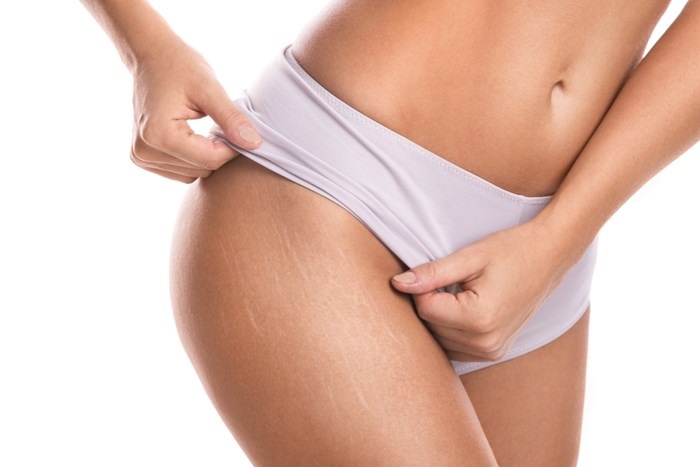
 How Can Stretch Marks Be Removed From the Skin?
How Can Stretch Marks Be Removed From the Skin?
The skin of a human being is the biggest organ in the body and has the remarkable ability to both contract and expand itself. Even while it has a high degree of elasticity and strength, the supporting tissues can be damaged if you stretch it beyond its limits or do so too quickly, which can result in stretch marks. Stretch marks happen when the skin is overstretched or torn. This can happen when a person gains weight, gets breast implants, builds muscle, takes steroids, or grows during puberty.
Who is prone to getting stretch marks?
Although stretch marks can occur in both men and women, the ones that occur during pregnancy in women are likely the most prevalent type. Men can also get stretch marks. They are able to manifest themselves on any region of the body, including the arms, back, breasts, hips, shoulders, and stomach, among other places.

Signs and Symptoms of Stretch Marks
Although they can look like coloured streaks or lines, stretch marks are harmless and do not suggest any underlying health problems. Depending on the length of time they have been present, stretch marks can either be red or white. The majority of the time, they start out as a purple or red colour, but they gradually turn white. Red stretch marks, also known as striae rubra, are a sign of more recent tears. Under the stretch marks, there are still blood vessels that are able to work, which gives them their color.
The presence of blood vessels makes them more sensitive to treatment, which in turn makes it simpler to treat them. On the other hand, white stretch marks, also known as striae alba, are brought on by blood vessels that have become constricted or compressed over the course of time. Because these blood vessels were so small, they weren’t able to make collagen, which meant they couldn’t be cleaned out completely.
Natural Treatments for Stretch Marks
As a result of their ability to renew skin tissue, certain home remedies for stretch marks also have the potential to improve the appearance of the scars by minimizing their visibility. Among these are the following:
- Aloe vera gel
- Cucumber and lemon juice
- Almond oil
- Castor oil
- Coconut oil
- Apricot paste mask
 Stretch Marks Treatment
Stretch Marks Treatment
Products such as stretch mark removal creams, oils, gels, salves, ointments, and the like, are thought to be beneficial in reducing the visibility of stretch marks.
Other treatments or procedures, in addition to the over-the-counter medications and home cures that have already been described, are available to greatly reduce the visibility of stretch marks on the skin. These are the following:
Microdermabrasion:
Baking soda, tiny salt crystals, or aluminum particles are blasted into the skin using a portable spray head during the painless procedure. This exfoliating technique is used to remove dead skin cells from the surface of the skin. The removal of the top, more delicate layer of skin that these crystals remove exfoliates the face and encourages the formation of new skin. This new skin is more elastic than the old skin, which contributes to a reduction in the visibility of stretch marks.
This new skin is more elastic than the old skin, which contributes to a reduction in the visibility of stretch marks.
Micro-needling:
The creation of collagen and elastin, which are necessary for skin regeneration, can be stimulated by inserting very fine needles under the skin. This reduces the visibility of stretch marks, which results in an improvement in the skin’s appearance.
Cosmetic Surgery:
Patients who have sagging skin may get a dual advantage from these operations, which is the removal of sagging skin in addition to the elimination of stretch marks. Although these procedures are not developed specifically to eliminate stretch marks, patients with sagging skin may get this benefit.
Laser Therapy:
Pulsed dye laser therapy or fractional CO2 laser therapy are both viable options for achieving this goal. The fractional CO2 laser therapy is good for reducing the appearance of older, white stretch marks, while the pulsed dye laser therapy is useful for treating new, red stretch marks. In fact, the American Society for Dermatologic Surgery (ASDS) recommends laser or light therapy to dramatically improve the look of stretch marks.
Radiofrequency:
Radiofrequency is a treatment option that is commonly used and safe. It works by stimulating the production of new collagen in the treated area, which helps to reduce the appearance of stretch marks. It is recommended that PRP (platelet-rich plasma) be done at the same time as radiofrequency because PRP also works by making the body make more collagen.

Leave a Reply